Optimizing Scale Inhibition Costs In Reverse Osmosis Desalination Plants
Optimizing Scale Inhibition Costs in Reverse Osmosis Desalination Plants
Credit to: https://silo.tips/
Author: Mohannad Malki
Abstract:
Over the last few decades, advancements in technology and engineering design have allowed for the construction of reverse osmosis (RO) plants with increased production capacities that could operate at reasonable energy costs. Yet the portion of the operating cost related to consumable scale inhibition chemicals has not changed dramatically due to the disregard by the water treatment community for emerging scale inhibition technologies. The result has been the consumption of enormous quantities of sulfuric acid unnecessarily increasing pretreatment, post-treatment and brine disposal costs. A water district in suburbs of Los Angeles, California has recently completed the construction of a
265,000 m3 /day MF/RO plant for wastewater reuse. Based on 30 years of experience operating a 19,000 m3 /day MF/R.O. plant, the district took a novel approach to reducing the cost of consumable scale inhibition chemicals. A competitive bid was issued which took into account feed pH in addition to cost and dosage of antiscalant.1 The feed pH was used to calculate an acid dosage rate and the annual cost of sulfuric acid use for pH reduction. This was then combined with the annual cost of the antiscalant in order to select the most cost effective treatment as offered by the various antiscalant manufacturers participating in the bid. The selected treatment was then piloted for 50 days to verify its performance at the dosage and feed pH claimed by the manufacturer.
Only logged in customers who have purchased this product may leave a review.


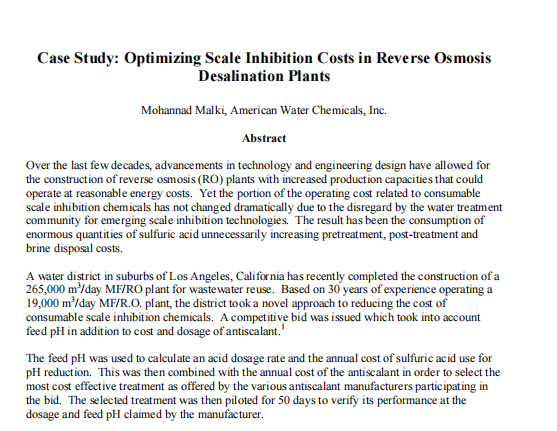

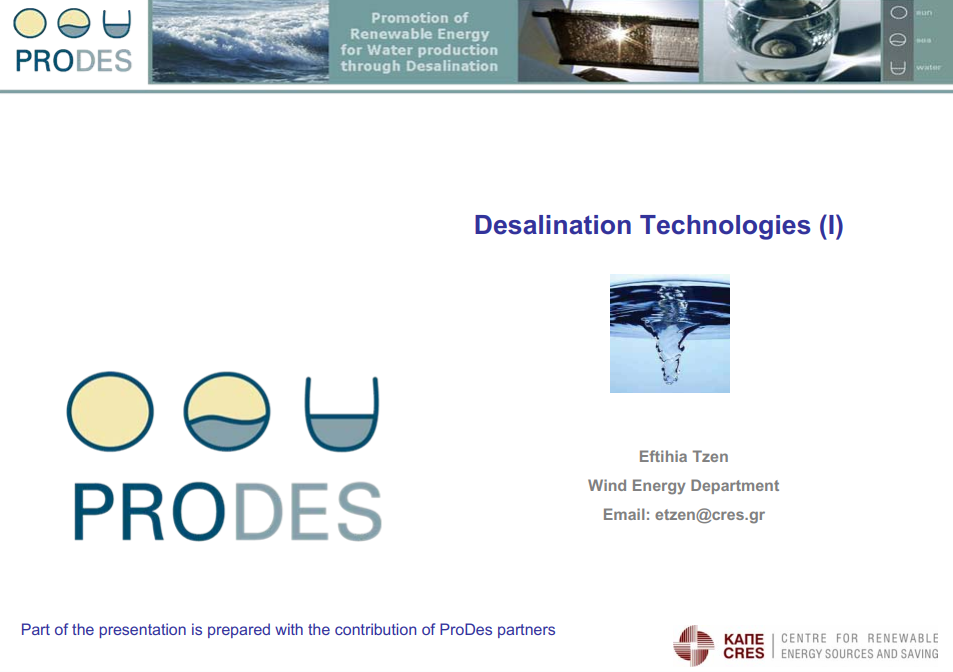
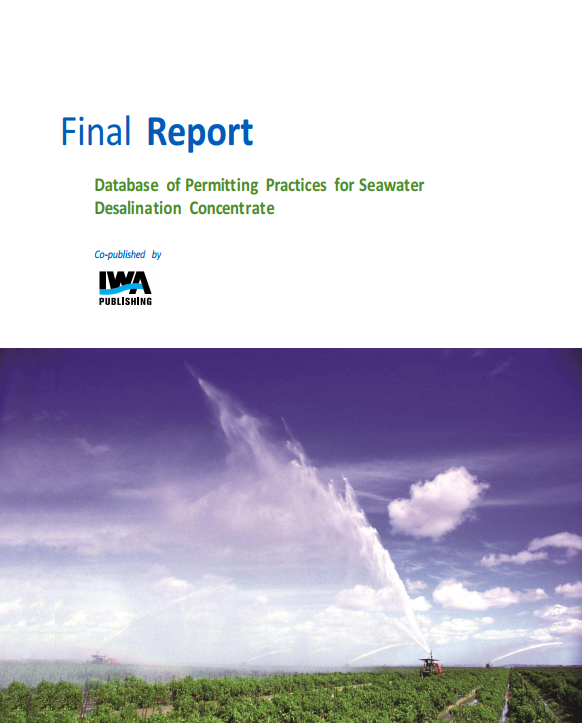







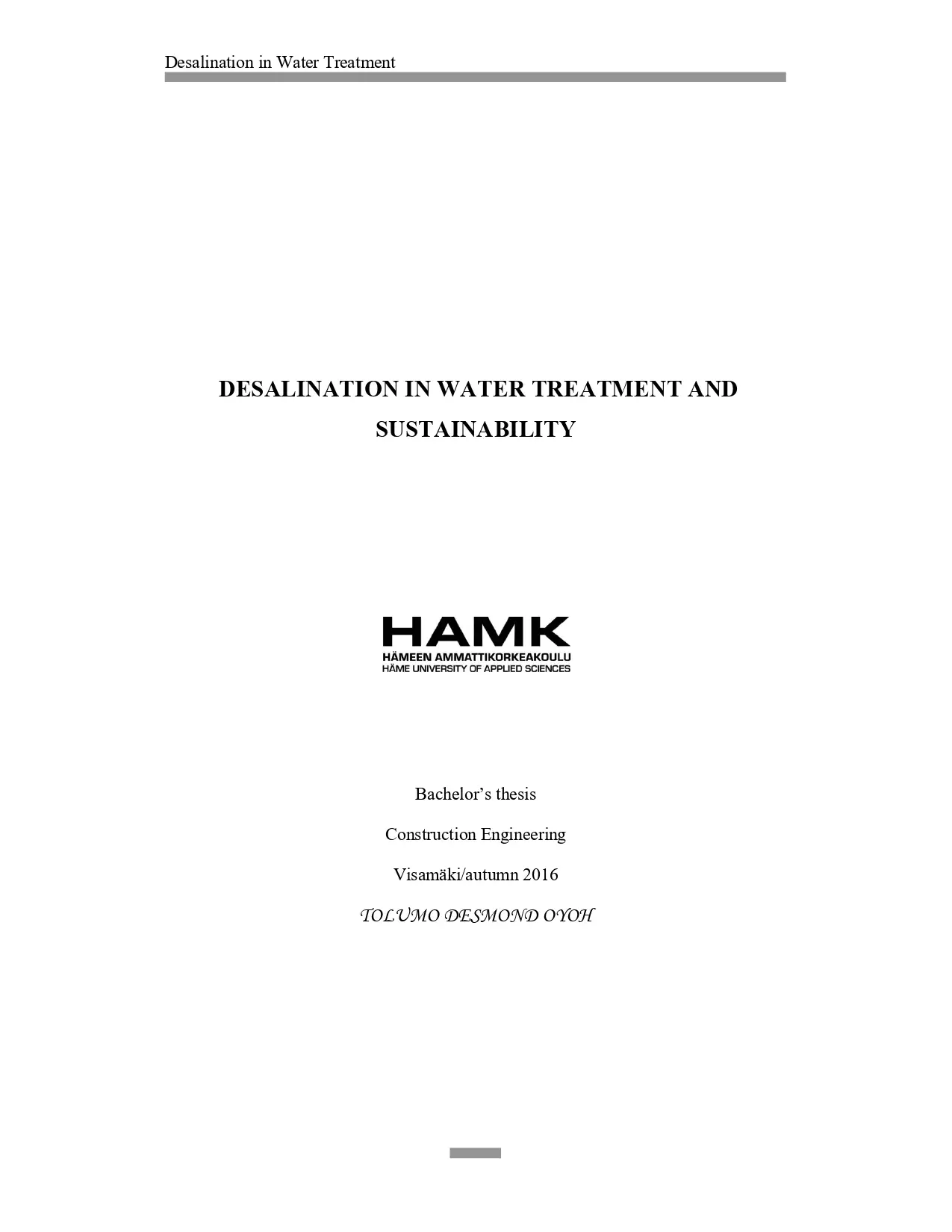
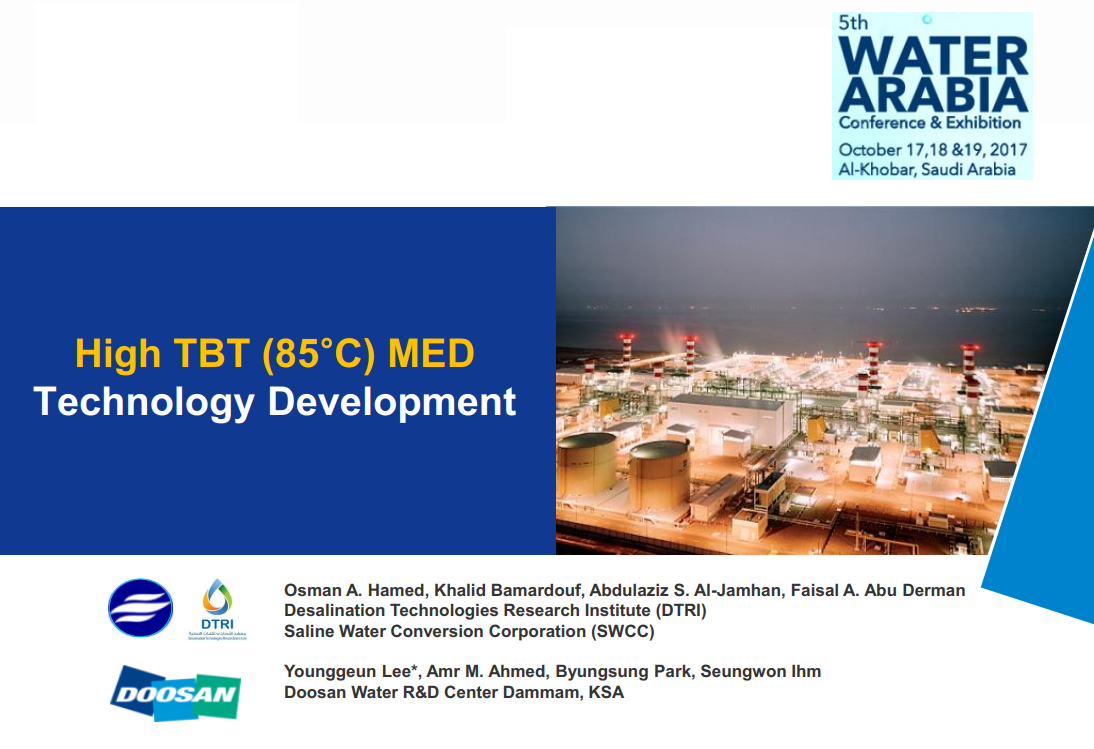
Reviews
There are no reviews yet.